The Art of Sitting Still
“To pay attention, this is our endless and proper work.” Mary Oliver
I am back in Norfolk and I have returned to Wortham Ling, with a blanket around my legs and a drawing board on my knee.
The light now fades quickly, and there is a chill that creeps up. I am determined to keep going out drawing for as long as I can because I love these weeks that run up to Christmas. There is something about the quality of the light, as the day fades and, though the trees are still holding their leaves, the bare skeletal branches will soon be revealed and that is what I love to draw best of all.
I have been thinking too about why I draw and what I gain from it. I have found this week’s drawings hugely frustrating, each one falling short of what I hoped it would be but the next day I go out and try again. I look again.
I have decided to keep it simple in terms of my choice of medium. Watercolour takes too long to dry on damp, cold days and so I am instead using different sized chunks of willow charcoal and charcoal pencils for detail and blackness. I love the softness of charcoal, its gentle tones and the way it splinters when you press too hard and makes unpredictable marks( though the smudges made with the heel of your hand can be irritating!) It seems fitting too to be working with this carbonised wood and that it is a connection to trees.
Day 2 of the drawing and I am much happier with this - very glad I persevered!
But why draw outside in these unforgiving conditions when I could be warm in a studio? Because nothing compares to the physical sense of being outside, being part of your surroundings and drawing in stillness trying to capture something that is constantly changing, shifting in colour and light.
You have to pay attention. It sometimes takes a while to settle down and focus and be present. Other thoughts easily intrude, the day’s problems come along with you but you have to park them to one side and begin looking. Drawing is not a refuge or an escape, but it is a way of connecting to your surroundings.
And drawing is more than about trying to capture what is in front of you by measuring and deciding what materials to use, what lines to draw and there is the added layer of trying to grab hold of how you feel about what you are drawing, what gave you a spark when you saw it. John Berger described it as, “Image making begins with interrogating appearances and making marks. Every artist discovers that drawing - when it is an urgent activity - is a two way process. To draw is not only to measure and put down, it is to receive”. And it is the receiving that makes it so enriching, even when the result is not what you aimed for, the experience makes you want to try harder and do it again.
Your senses too become heightened to what is happening around you, the snap of a twig from a rabbit, the shrill of a wren in the gorse or the dancing of gnats in the dying light. All of this feeds into your drawing, your looking, and though I wasn’t happy with all I did this week, the process and experience is what really matters. And hopefully, if the weather is kind, there is next week too.
While out drawing these last few days, I have been mindful of the woodland floor and where I park my chair’s legs and my feet. For since the wet October days, amidst the oak leaves, the ground has been bursting with tiny fungi, pads of mosses and lichen encrusted broken branches. I have been peering with my macro lens at these tiny, alien worlds. My knowledge of these is spare, but I am keen to know more. So if anyone reading can recommend any books on lichen and mosses, I would love to hear from you.
Instructions for living
a life: Pay attention.
Be astonished.
Tell about it.
Mary Oliver, “Sometimes”
Something to read
While in the wonderful Abergavenny bookshop, Broadleaf Books, I discovered this: A Place of Stones by Ruth Janette Ruck. It is not a book I knew anything about, but I liked the idea of taking home a bit of Wales, and couldn’t resist it. A memoir written in 1961, it is the story of the hill farm, Carneddi, which the author’s family bought when she was 17, with no experience of farming. It tells how she took charge of the business, renovating the farmhouse and restoring outbuildings for livestock and poultry. Her courage and doughtiness are astonishing. She seemed undeterred by any obstacle, and I read in awe how she re-roofed a cottage, in freezing February winds, with only a book on “Teach Yourself Roofing” to consult. But it is her love of the Welsh hills that make this worth reading and the prescience of her reflections about the future of farming, and the environment, that make this such a worthwhile read.
Something to listen to
I first discovered Sally Bayley’s podcast , “ A Reading LIfe, A Writing Life” on Twitter/ X. She is a writer and lecturer in English at Hertford College, Oxford and I have chosen this episode where she meditates on JMW Turner’s “Shoreham” and I was entranced by how she describes his shifting pencil over the paper, building memories. Sit back for 15 minutes and allow this dreamlike podcast to transport you.
Thank you for joining me here, your support is greatly appreciated. If you have enjoyed this post, do please subscribe. I look forward to seeing you again in a couple of weeks.

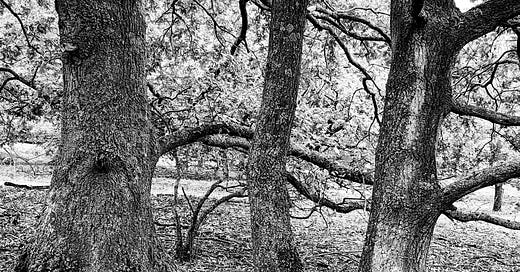



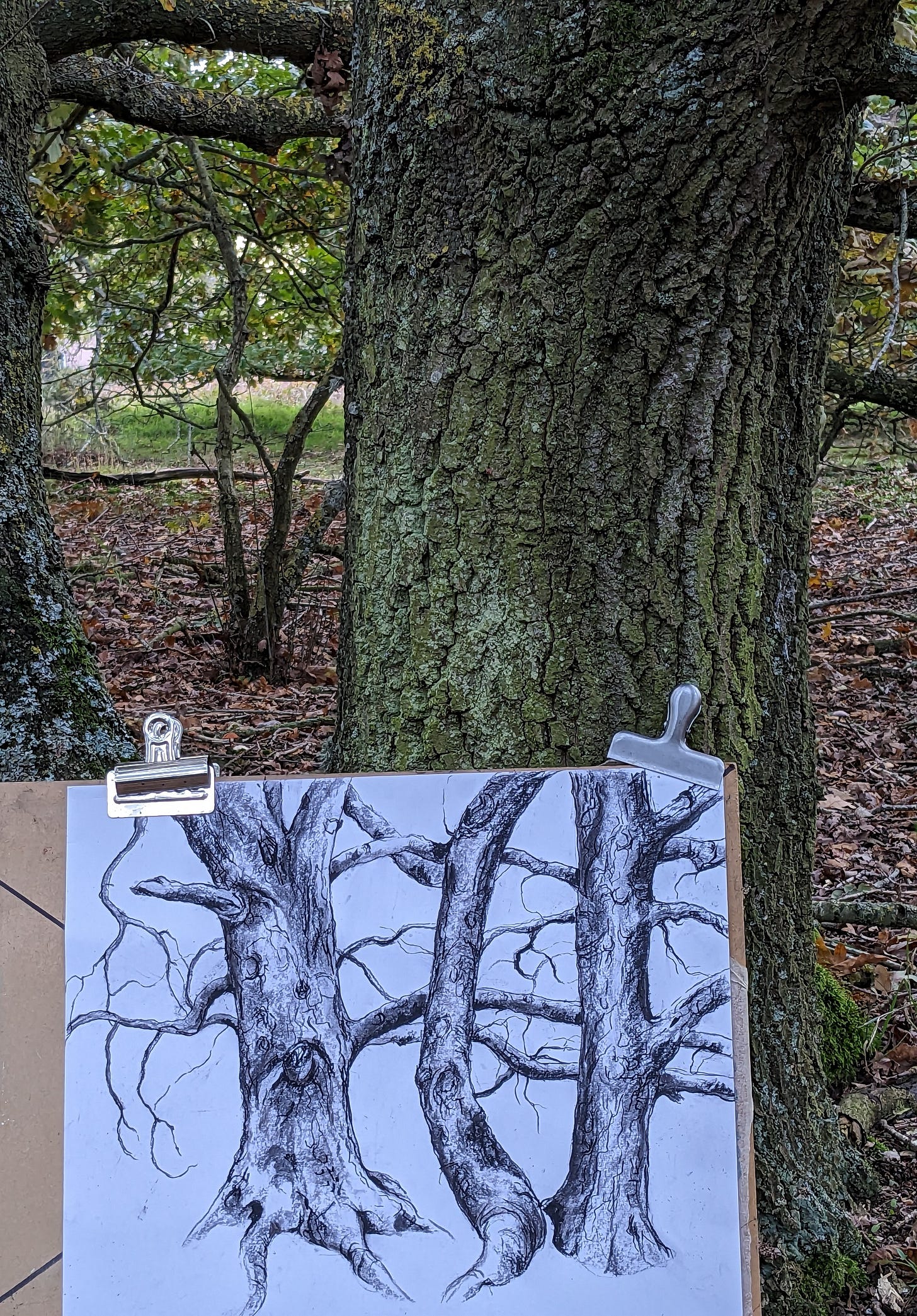
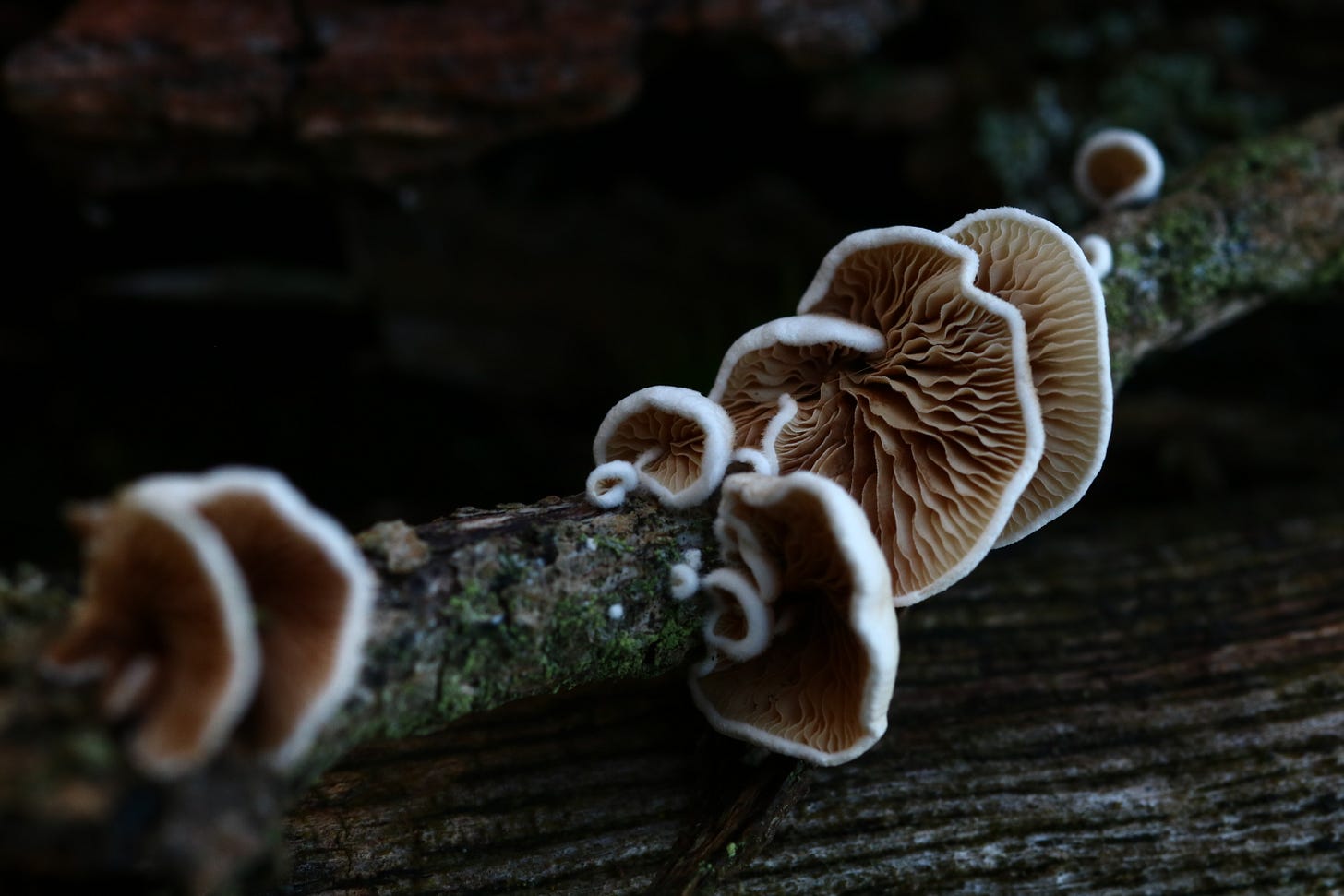
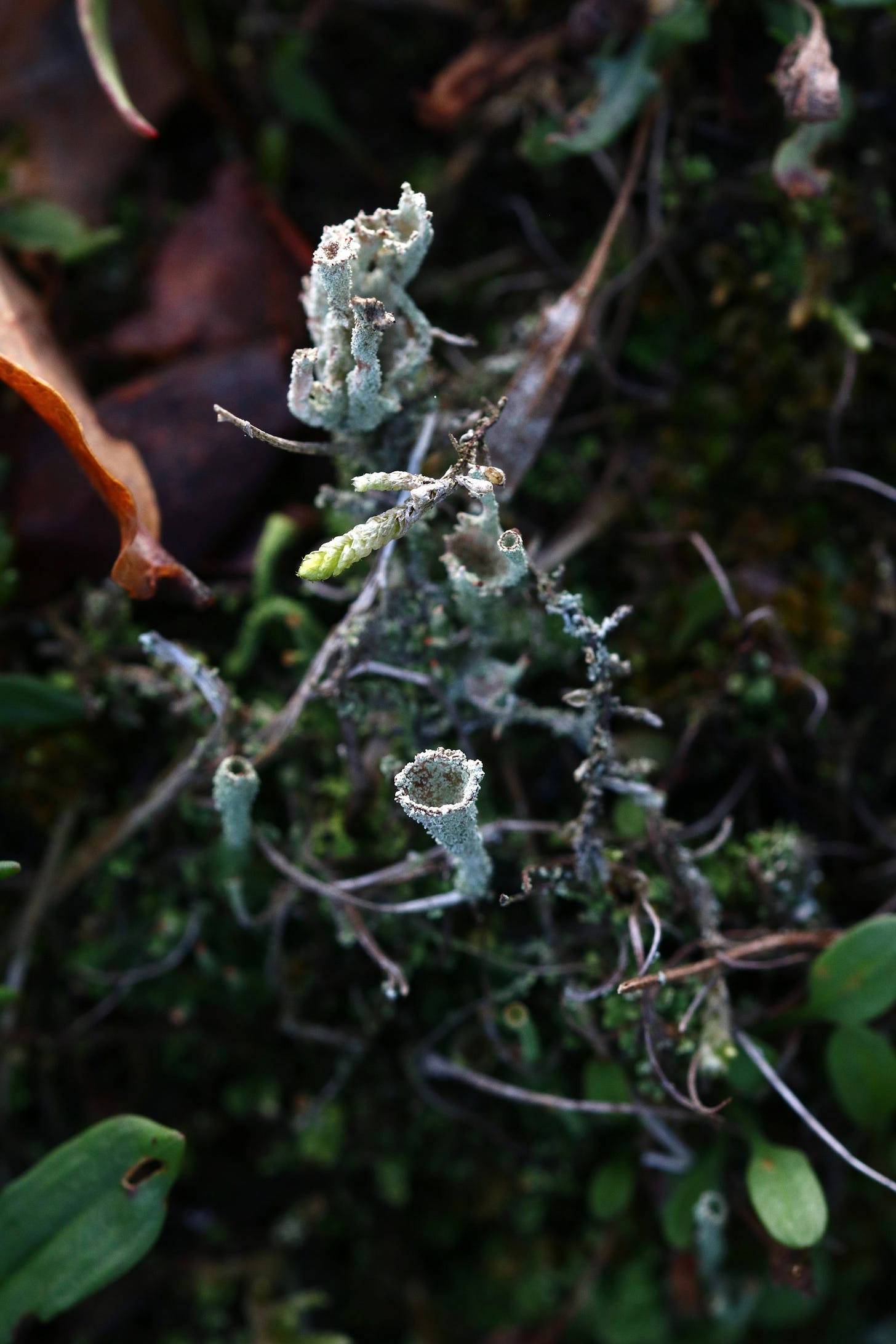

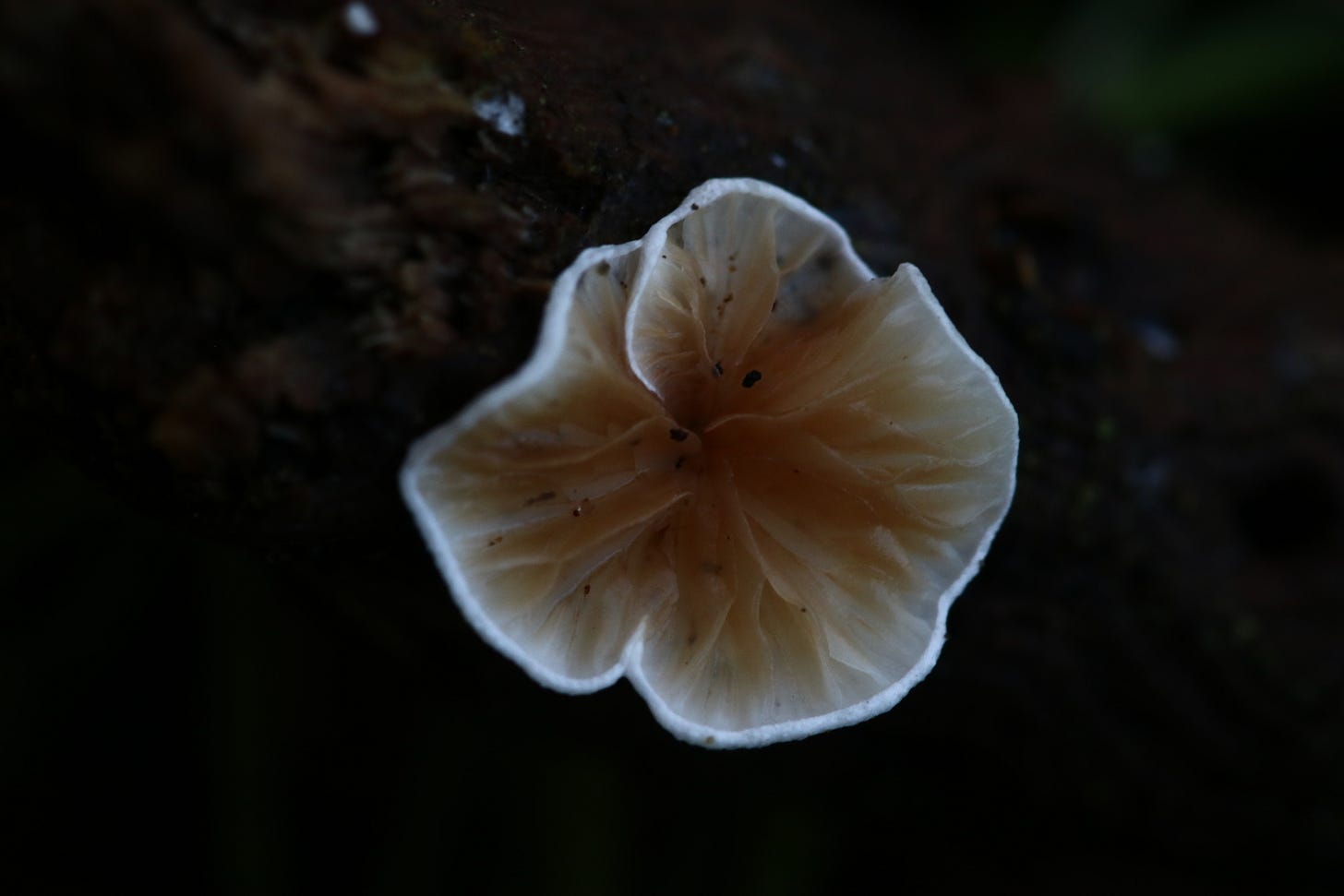



This is beautiful: some really thought-provoking writing, sumptuous photography, and a new-to-me book recommendation. I enjoyed it very much. x
Lovely artwork Deborah. Great how you narrate your work. Commenting on this post but it's the most recent post you did that I tripped upon first. Where do you display your art?